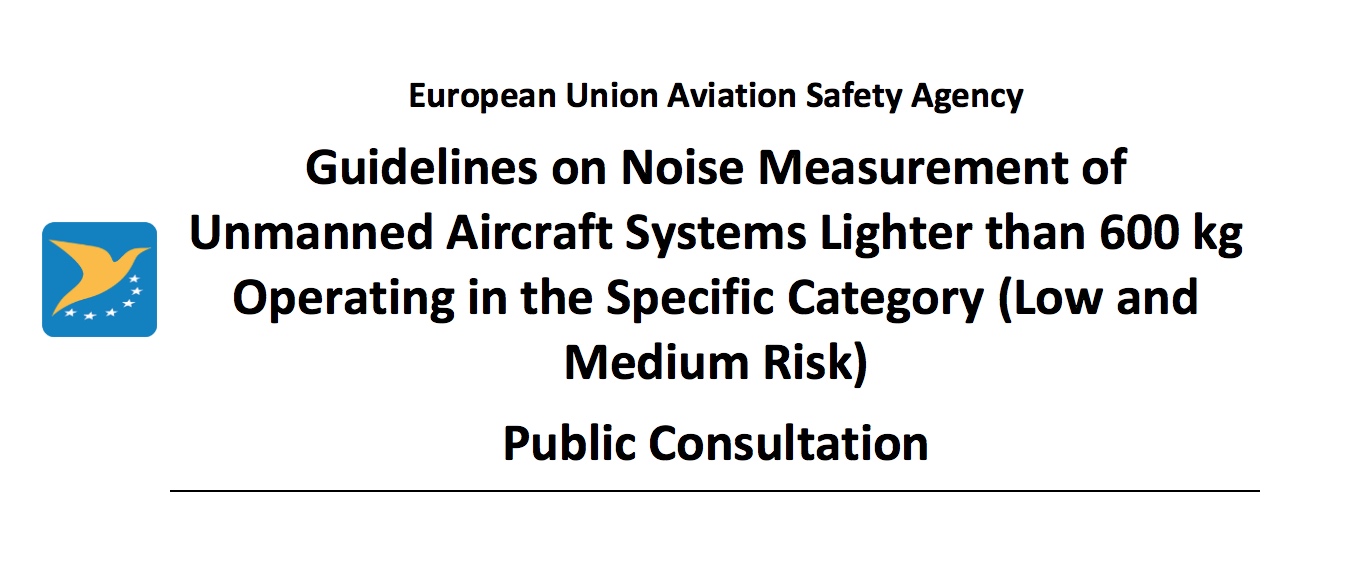The European Union Aviation Safety Agency, EASA, has published guidelines to set drone noise levels below 600 kg. This is the first proposal worldwide in this sense, applicable to a wide variety of drone designs including multicopters, fixed-wing aircraft or helicopters.
These guidelines aim to provide harmonized procedures to measure the noise of drones used in low and medium risk operations of the specific category. This will contribute to a high and uniform level of environmental protection and avoid the harmful effects of noise on human health in the member countries of the European Union, as established by the basic EASA Regulation.
These guidelines are for voluntary use and do not constitute applicable requirements for drone certification. They intend to close the gap related to noise measurement standards in the specific category. Operations within this category may include activities such as package deliveries, air taxis, power line inspections, aerial surveying services, aerial surveillance, or roof or building inspections.
According to AESA itself, 'These new types of aircraft will be used in a wide variety of places and will introduce unknown sounds that vary with the diversity of the design', so 'EASA recognizes that noise is a concern for many European citizens. These guidelines are intended to provide a consistent measurement method and will help set expectations for manufacturers, national aviation authorities and other relevant authorities.'
As an example, the national aviation authorities of each member country could use these guidelines as a basis for requesting operators to use drones with reduced noise emissions when operating in sensitive environments, such as natural parks or populated areas.
These guidelines can also be used by drone manufacturers, operators, or noise measurement organizations to establish noise levels associated with particular designs and operations. It is recommended that the resulting noise levels be reported to EASA, which further intends to build a public online repository available to operators and competent authorities.
The proposed procedures are the result of several years of studies on drone noise carried out by EASA, taking into account the technical aspects and the human perception of drone noise (psychoacoustics).
The proposed guidelines are open for public consultation until January 13, 2023. Comments can be submitted through the comment response tool at the following link:
https://hub.easa.europa.eu/crt/


